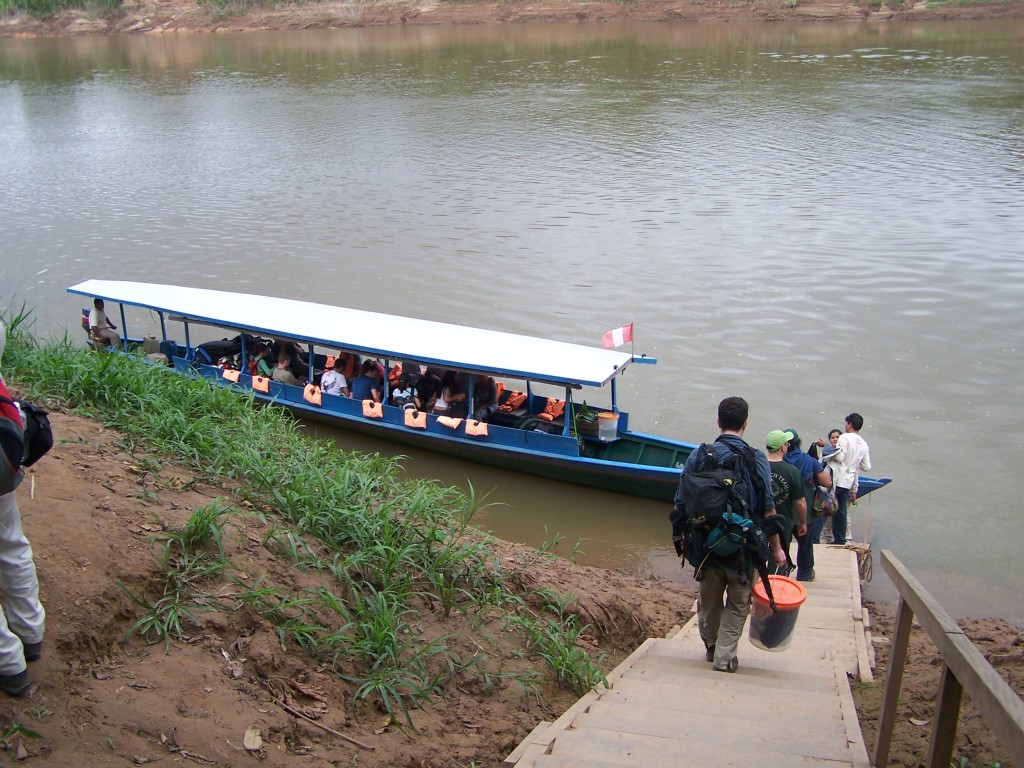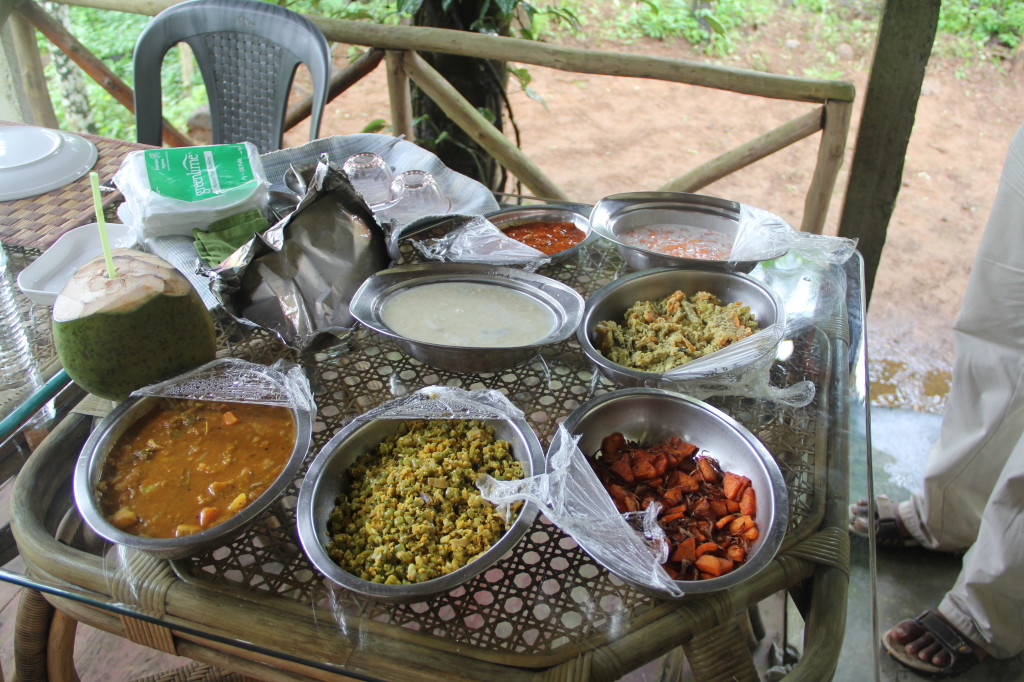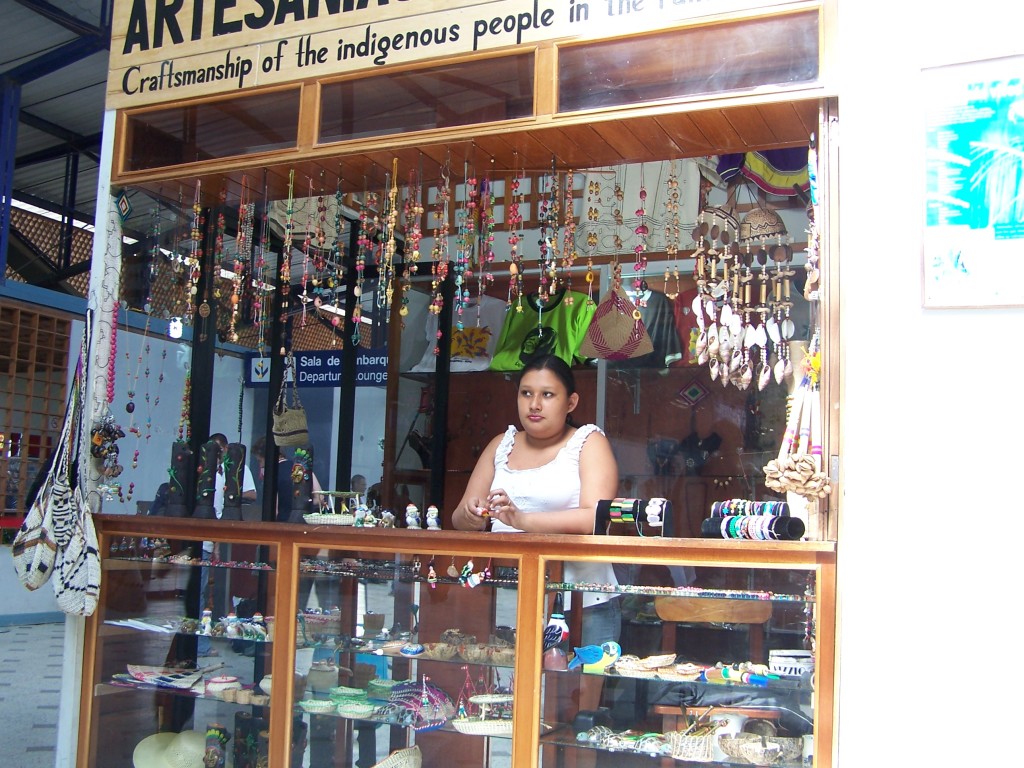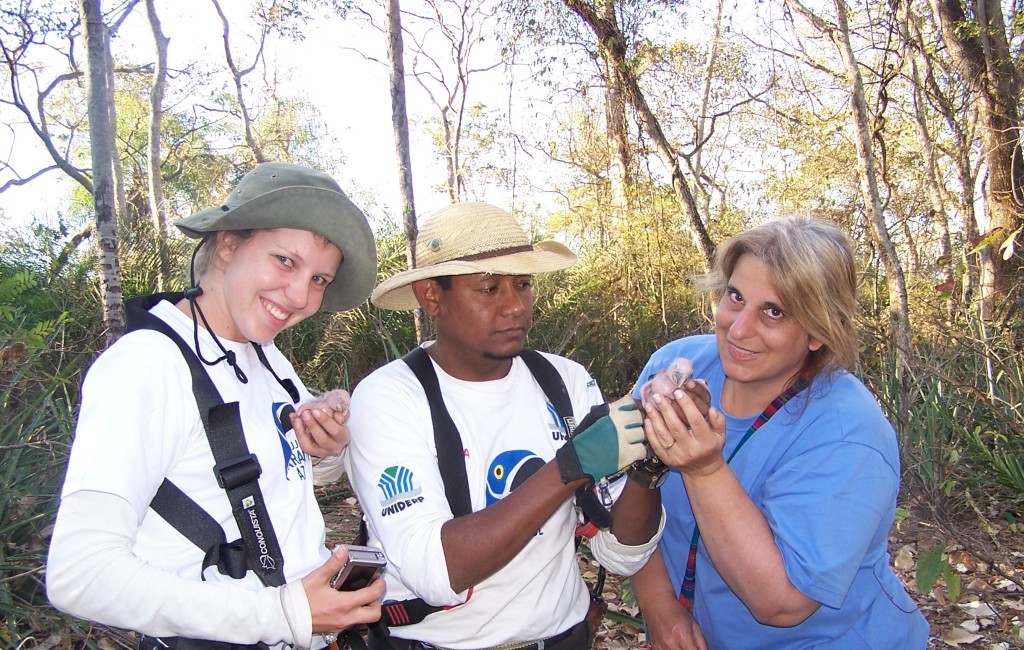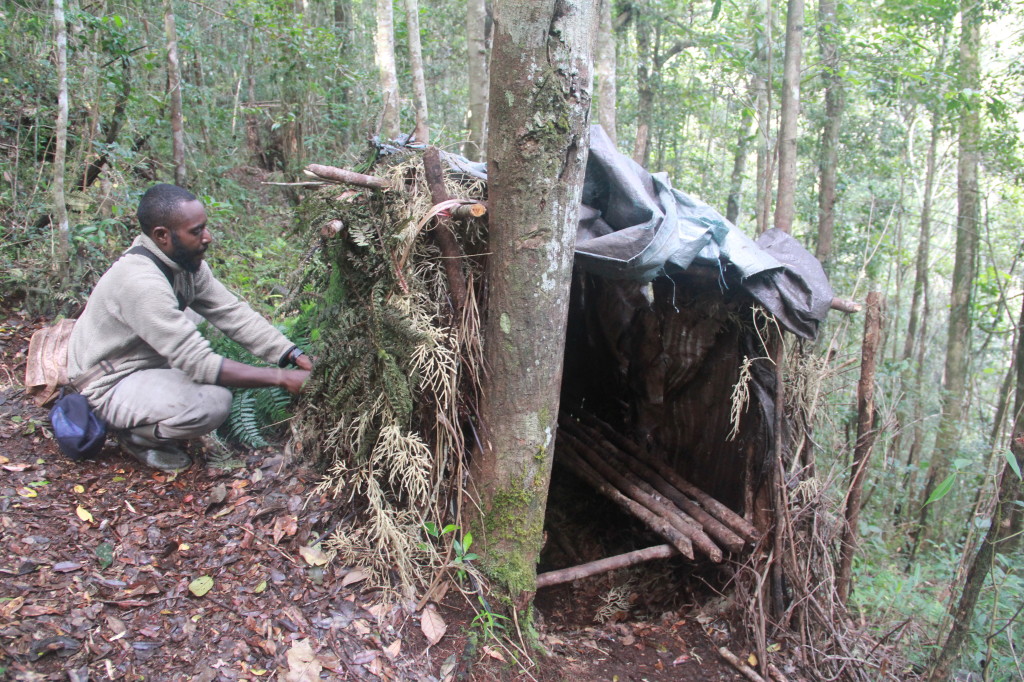.
If you found this blog, odds are you already have a keen interest in eco-tourism and will have seen various terms such as “Green Travel”, “Sustainable Tourism”, “Responsible Tourism”. People who care about saving endangered species will also care about the habitats they live in and by extension the entire planet. Let’s have a look at some ways you can keep your travel as green as possible.
DEFINITION
Google the term “Green Travel” and you will come up with a variety of definitions. I like this one that I found on Responsible Travel Report.
Green travel is an overarching term used to describe responsible travel practices that focus on economic, socio-cultural, and environmental sustainability. Green travel is about making sure that travelers choose businesses, tour operators, and transportation methods that maintain and preserve the ecological integrity of the environment and contribute to local community development; meeting the needs of the present without compromising the needs of current or future generations.
Go Green Travel Green breaks it down even further.
-
Thinking about your impact on the environment (both the physical and social environment) when you travel
-
Doing your part to minimize your impact on the environment – so that tourism in your destination can be maintained in the long run
-
Understanding eco-friendly choices you can make
-
Making eco-friendly choices when they are options
-
Doing your research to be a responsible traveler
-
Saving money by making low-impact choices
WHAT CAN YOU DO TO TRAVEL GREEN?
There are several aspects of being green and traveling in a responsible manner. Some we will have more control over than others. People who are engaging in eco-tourism to help conserve endangered species will already be doing a lot of these. People who are reading this blog as a supplement to the points hacking or luxury travel blogs and are new to eco-tourism may have to make more of an effort.
1. USE ECO-FRIENDLY MODES OF TRANSPORTATION – Depending on where you live and where you are traveling to, you may not have a choice about flying. But once you are on the ground, there are things you can do. Use public transport or share rides rather than using private taxis. Walk whenever it is possible and safe to do so. Rent economical cars or hybrid cars. Trains are more eco-friendly than planes if you need to travel within an area. Most remote eco-lodges that use river boat transport will run them only once a day with all new arrivals on board.
2. OFFSETTING GREENHOUSE GASES – A fellow travel blogger, Saverocity has an excellent post about this. He recommends two organizations – Terrapass and Carbonfund. From these two, I like the Carbonfund option of supporting reforestation and avoidance of deforestation because this also saves a lot of endangered birds and animals. If your travel is to modern cities where you can’t support local communities near wildlife habitats directly, I think this is the best way to go. The Purus Project is right in the middle of Amazon rainforest habitat and just north of Tambopata so I would highly recommend choosing this project to support.
Purus Project
3. SUPPORT THE LOCAL ECONOMIES – This is one of the most important things you can do for both the environment and the wildlife. Many people have earned a living from trapping wild animals and birds and selling them on the black market. Eco-tourism offers these people an honest way to earn a living while preserving their native species. So please use accommodations that employ locals, eat in local restaurants, buy lots of their handicrafts (they make great gifts and souvenirs), and employ them as guides. Many of the birding guides I have used started out as bird trappers and are now highly respected guides used by independent travelers, birding groups and documentary film-makers.
4. SUPPORT CONSERVATION PROJECTS – Many lodges support research and conservation projects which are trying to save endangered species. Some of these projects welcome tourists to accompany them for an added fee. One of the best ones is at Caiman Ecological Refuge in the southern Pantanal. This is the home of several conservation projects including Projeto Arara Azul. Basically, you spend the day with the crew as they inspect nests, make sure baby birds are being well-nourished, do census counts of birds and observe behaviour. Tambopata has the excellent Macaw Project to study the clay licks and Armonia supports the Blue-throated Macaw in Bolivia which you can see at El Beni.
You can also support conservation in some cities by visiting zoos and nature parks where your admission fees support projects. I have already blogged about Sao Paulo Zoo, Museu Emilio Goeldi and Bali Bird Park. Check the websites of any zoos or bird parks you may visit, they will usually have a page detailing their conservation projects.
5. LOW IMPACT TRAVEL & RECYCLING – This doesn’t have to be only a travel strategy, you can do this at home too! You should already be recycling paper and plastic goods, look for recycling bins when you are traveling too. Avoid printing things out, use e-readers or pdfs on a small netbook or tablet. Don’t keep buying plastic water bottles, refill yours with boiled water. Minimize use of motorized transport, combine all your errands into one trip. Keep use of electricity to a minimum, use fans rather than air-conditioners if it’s really hot. Use local products rather than those that are trucked in. Don’t use plastic shopping bags, buy some reusable bags, preferably from a local artisan!
.
.
6. PATRONIZE SUSTAINABLE ESTABLISHMENTS – This is where you need to look at the eco-lodge’s websites to see how they are handling this. You may have to click a few menus to find their sustainability page but most eco-lodges will have one, some will be better articulated than others. I addressed this in one of my first posts on this blog. You want to see how they are benefiting the local community, contributing to conservation and using eco-friendly best practices in the management of the lodge. Here are a few examples of what you are looking for.
7. RESPECT WILDLIFE – Don’t try to get too close to birds, especially not while they are breeding. You could spook baby birds into falling out of their nests, frighten off the parents or simply distract birds of any age leaving them vulnerable to predators. Keep a respectable distance, use those heavy 400mm lenses! Walk carefully and make sure you don’t damage any habitat, stick to the trails. Speak in whispers so you don’t frighten wildlife. If you are using a hide such as this one in the Arfaks, plan to arrive before the birds normally do, stay quiet, don’t disturb the birds as they will be very close to you. Your guide will know what time to get there so follow his advice and don’t oversleep!
8. SHARE YOUR EXPERIENCES – I know we would all like to save the world, but we can’t do it alone! Share your experiences and photos in social media and with schools, clubs and local publications. Inspire more people to have their own eco-tourism adventures!
Please feel free to add your own tips for green/sustainable travel in the comments!

